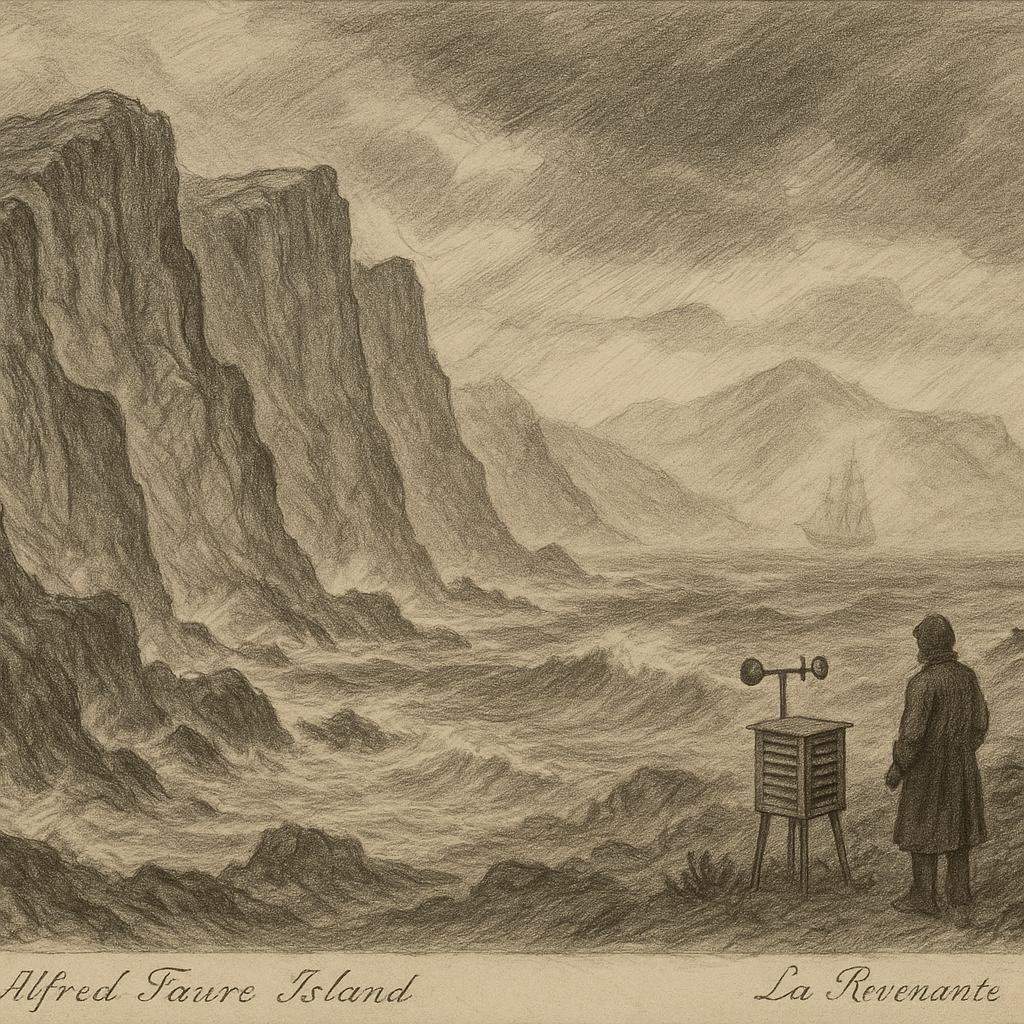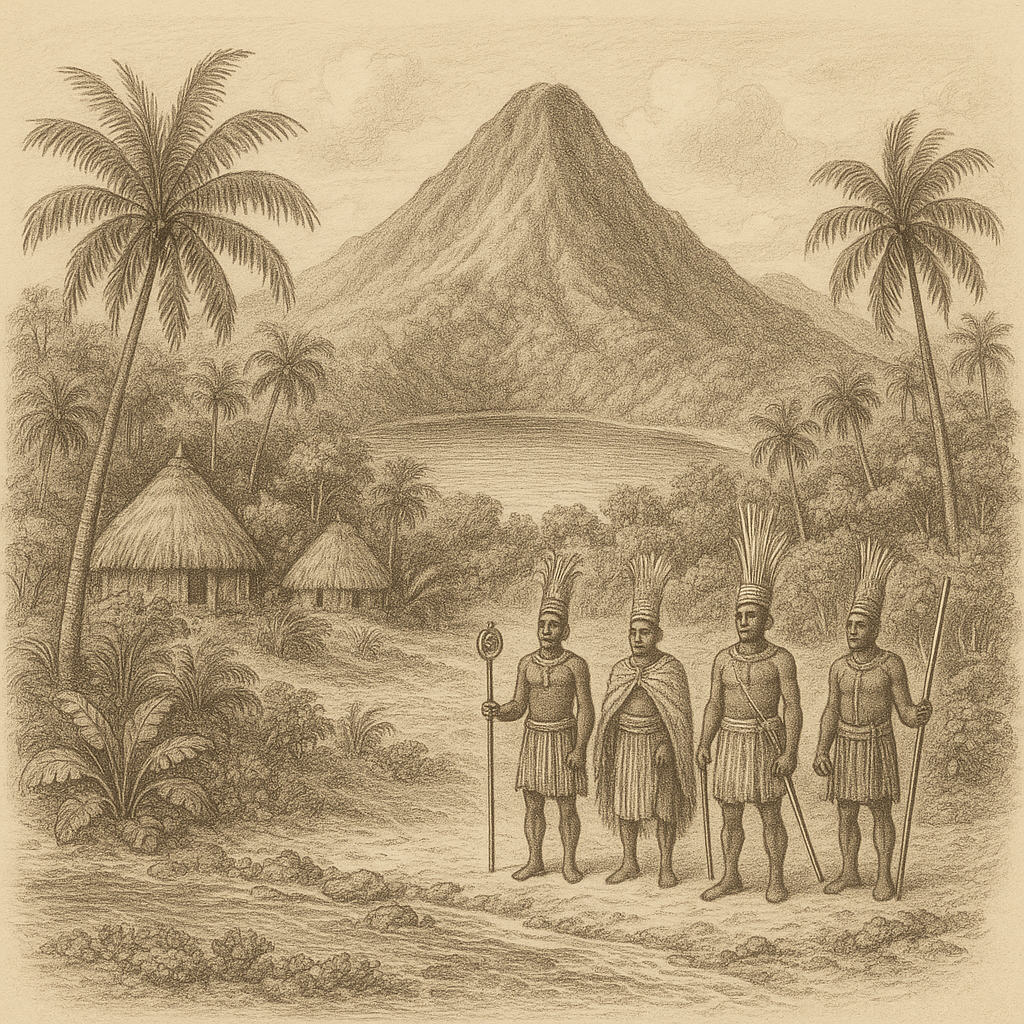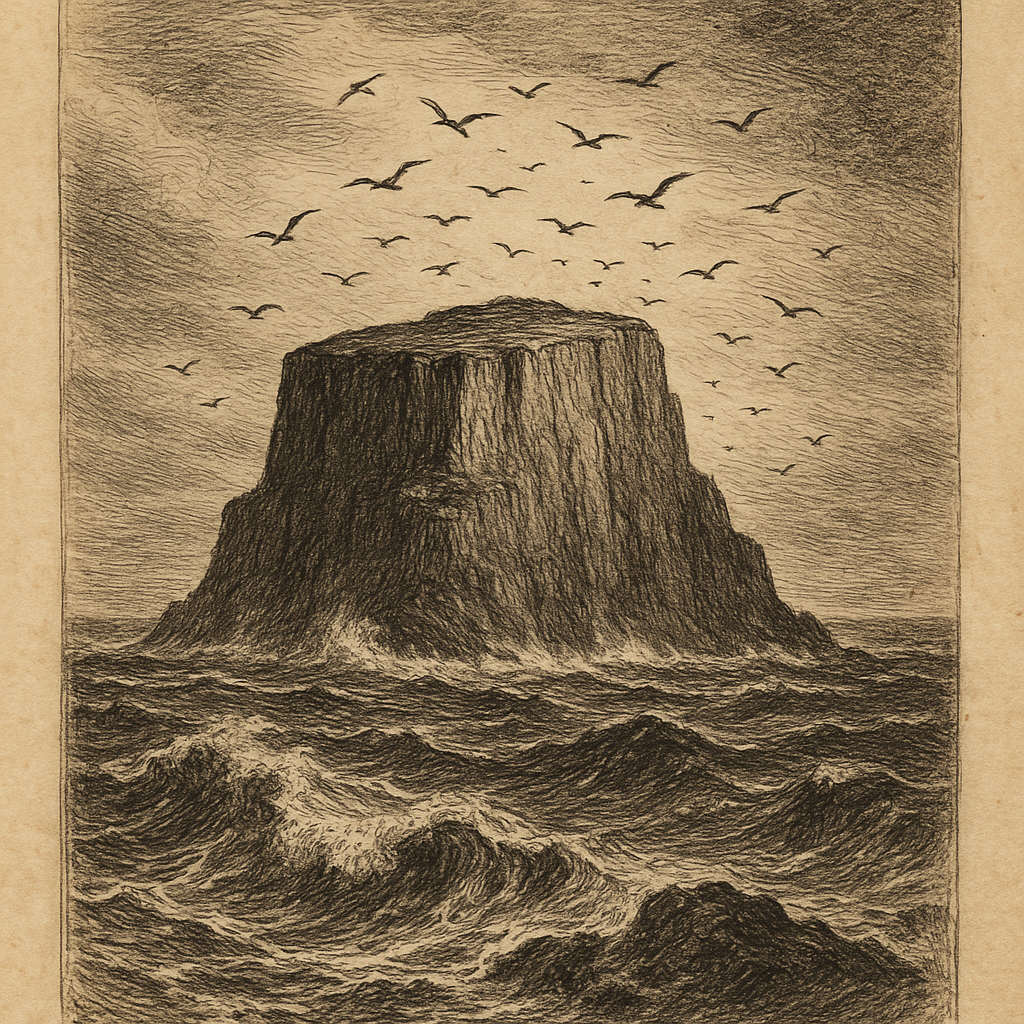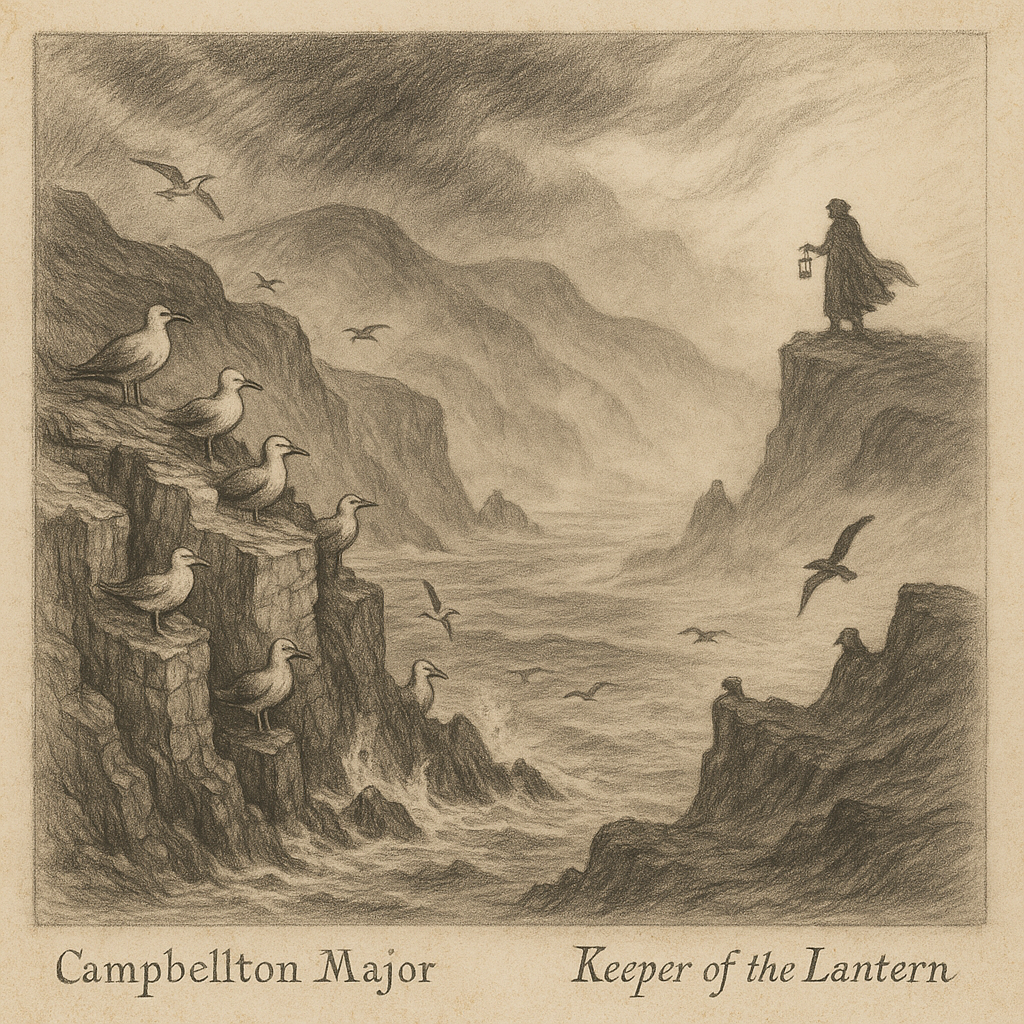Alfred Faure Island: A Remote Outpost in the Southern Indian Ocean
Alfred Faure Island, also known as Île de la Possession, is part of the isolated Crozet Archipelago located in the sub-Antarctic region of the southern Indian Ocean. Administered by France as part of the French Southern and Antarctic Lands (Terres australes et antarctiques françaises, TAAF), this remote and windswept island serves both scientific and ecological functions amid one of Earth’s most extreme environments. Here are some fascinating aspects of Alfred Faure Island.
Location and Geographic Significance
Alfred Faure Island lies at approximately 46°25′S latitude and 51°51′E longitude, situated about 2,400 kilometers southeast of Madagascar and similarly distant from mainland Antarctica. It is one of five main islands in the Crozet Archipelago and is flanked by rugged terrain, windswept plateaus, and dramatic cliffs that plunge into turbulent seas—the Southern Ocean at its most intense.
The landmass covers an area of approximately 150 square kilometers and is largely composed of volcanic rock. The central highlands of the island reach up to 934 meters at Mont Branca, and extensive lava flows bear testament to the island’s volcanic origins. The island is part of the Kerguelen Plateau, a vast underwater volcanic plateau, making it geologically significant within the broader Indo-Australian tectonic framework.
Climate and Natural Environment
The island experiences a cold oceanic climate influenced by the Antarctic Circumpolar Current. Weather conditions are characterized by persistent wind, high humidity, and frequent precipitation, with annual rainfall averaging more than 2,000 mm. Temperatures hover between 0 °C and 10 °C year-round, and snowfall is common during the winter months.
Despite (or perhaps because of) its harsh climate and isolation, Alfred Faure Island boasts a rich and unique biodiversity. It has been classified as an Important Bird Area (IBA) due to its role as a breeding ground for numerous seabird species, including albatrosses, petrels, and penguins. Marine mammals such as elephant seals and fur seals haul out on its beaches. The surrounding waters are teeming with krill and other marine life, supporting a dynamic oceanic food web.
Scientific Presence: The Alfred Faure Research Station
Perhaps the most notable man-made feature of the island is the Alfred Faure Research Station. Established in 1963 and named in honor of meteorologist Alfred Faure, the station is located in the eastern part of the island known as Port Alfred. It serves as a base for scientists and technical staff who undertake research in meteorology, seismology, oceanography, and biodiversity.
The station hosts 20 to 30 people year-round, making it one of the very rare places in the sub-Antarctic that holds a permanent human presence. Supplies are delivered via ship a few times a year, and access to the island is heavily restricted to protect the fragile ecosystem. All visitors and researchers must adhere to strict environmental regulations.
Points of Interest and Unique Features
Alfred Faure Island differs from other sub-Antarctic islands due to its sharply contrasting terrain. Lava tubes, craggy peaks, and freshwater streams offer a rugged but alluring landscape for scientific exploration. The Golfe du Morbihan, a secluded bay near the research station, provides a relatively sheltered environment for launching scientific expeditions.
The island also hosts important meteorological instruments as part of the global weather observation network. Given the scarcity of such data points in this region, Alfred Faure plays a critical role in global climate models and maritime forecasting for the Southern Ocean.
Interesting Facts
The island forms part of the French Southern and Antarctic Lands, which have no permanent civilian population and are entirely devoted to research and environmental protection.
Alfred Faure Island is home to the wandering albatross, one of the largest flying birds in the world, with wingspans that can exceed three meters. Approximately 20% of the global population of this species nests here.
The island’s harsh conditions and strict access controls make it one of the least visited terrestrial locations on Earth. Even among scientists, only a select few are allowed to conduct research each year.
The island’s volcanic terrain features unique formations such as columnar basalts and pillow lavas, which are valuable for studying sub-Antarctic volcanic and tectonic processes.
Legends and Local Folklore
Though devoid of indigenous inhabitants, Alfred Faure Island has not escaped the rich tapestry of maritime legends and sailor’s tales. Early whalers and sealers who once plied the stormy waters around the Crozet Islands believed the island to be haunted by the spirits of lost ships. One persistent legend speaks of a ghostly brigantine, “La Revenante,” sighted off the coast during heavy fogs, her spectral form gliding silently over the waves.
Another tale among 19th-century mariners told of a buried treasure left behind by a fleeing pirate crew caught in a terrible storm. According to lore, the treasure lies hidden in a cave near the cliffs of Cape Vertical, watched over by eerie seabird sentinels and cursed to bring misfortune to those who dare seek it.
Access and Environmental Protection
Due to its unique ecosystem and role in scientific research, Alfred Faure Island is under strict protection by the French government. Access is limited to authorized scientific personnel and logistical staff. Visitors are required to undergo rigorous briefing and adhere to biosecurity protocols to prevent the introduction of non-native species.
France has classified the island, along with the entire Crozet Archipelago, as part of a UNESCO World Heritage Site nominee, further underscoring its global ecological importance. Conservation efforts focus on preserving native flora and fauna, particularly against threats such as invasive rodents and climate change.
Conclusion
Alfred Faure Island is a remote jewel in the Southern Ocean, combining stark natural beauty with immense scientific value. Its ecosystem, shaped by isolation and harsh climatic conditions, supports rare wildlife and provides a unique window into sub-Antarctic biodiversity and geological processes. From the mysterious legends whispered by winds around its cliffs to the critical research it enables today, Alfred Faure Island stands as a testament to both nature’s resilience and human curiosity.



